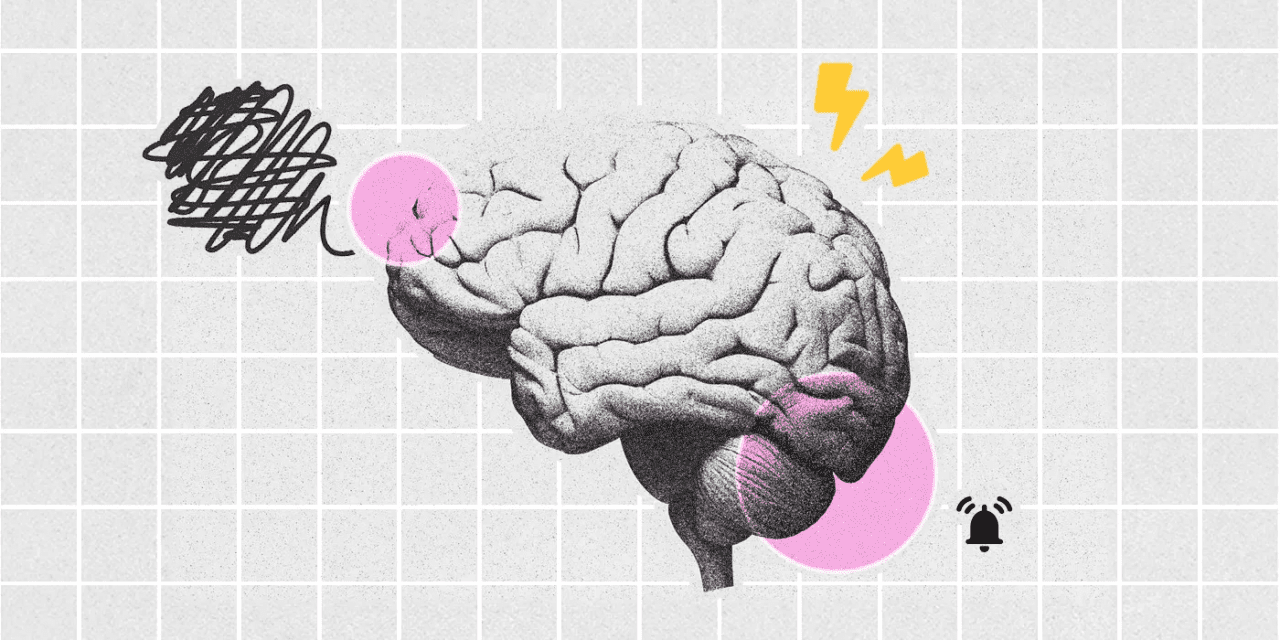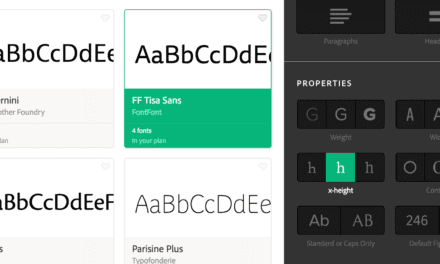ARTICLE SUMMARY: The old saying goes “too much information is no good”. In this Information Age it should be “too much information all at once is no good.” Avoiding information overload should be a design priority.
Designing to reduce cognitive overload involves understanding and optimizing the way information is presented and interacted with. Designers need to ensure that our designs align with human cognitive capabilities.
“Reducing cognitive overload: designing for human cognition” by Marcos Rezende is a look into cognitive overload and how to avoid it. It’s a deep dive into
- The spectrum of human cognition
- Designing for Behavior Change
- Handling cognitive load
Designers need to keep their design simple and clean, avoiding clutter. Maintaining a consistent layout and design pattern will help users predict where to find the information they need rather than wasting time searching all over the website. Clarity in communication avoids ambiguities.
You need to minimize the cognitive load by simplifying processes, reducing the amount of presented information, and highlighting key elements so users can focus on what’s most important.
In conclusion Marcos Rezende tells us that “As a UX Designers, we can help people to navigate smoothly through the overwhelming amount of information. We can act as guides, simplifying complex topics and highlighting the most important details. By making things easier to understand, we can create things that are more enjoyable. This is the kind of design that puts people first, respects their limits, and makes technology easier to use.
This is a great article with a lot of good information for all designers.
Let us know what you think in the comments.




